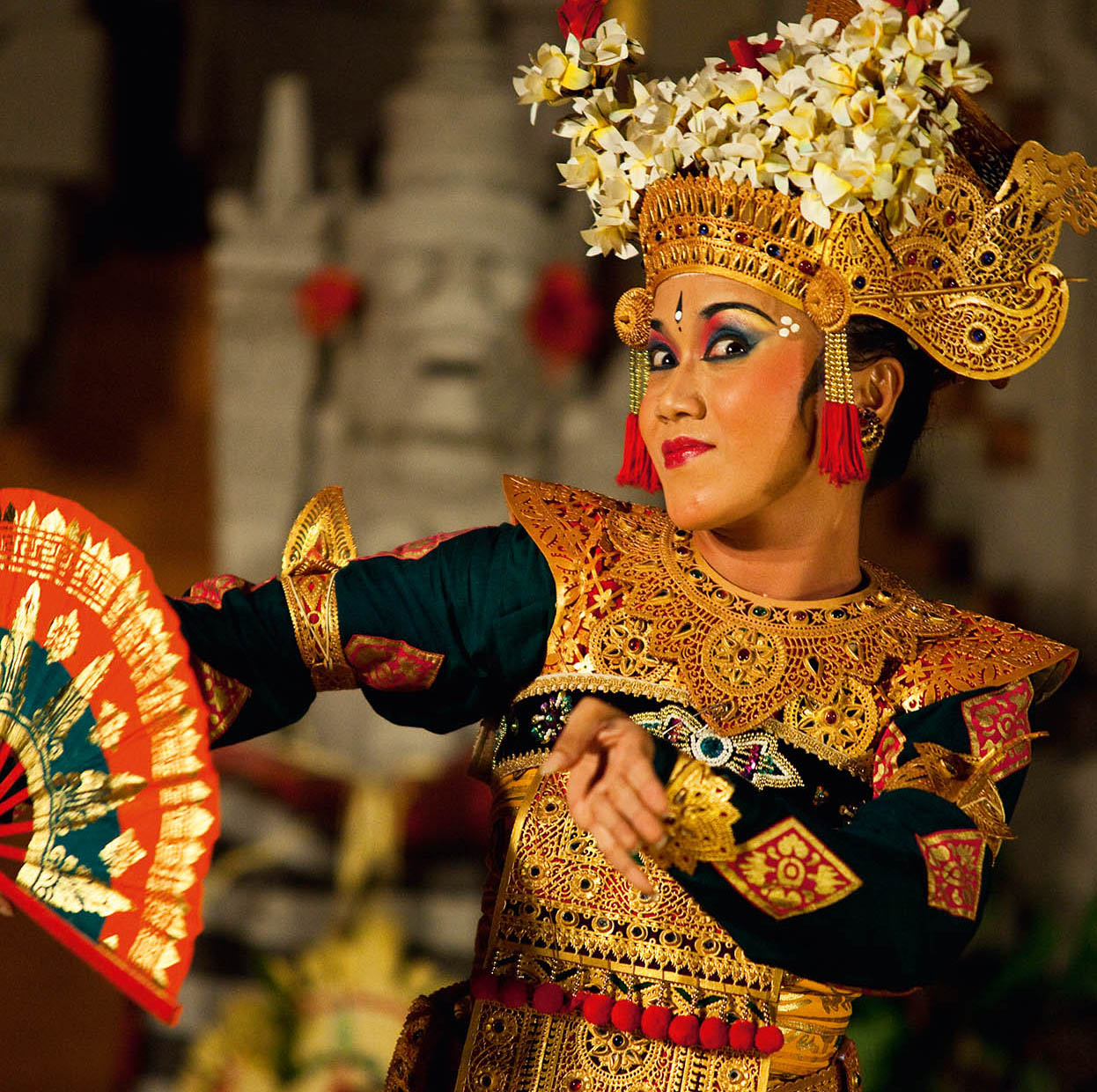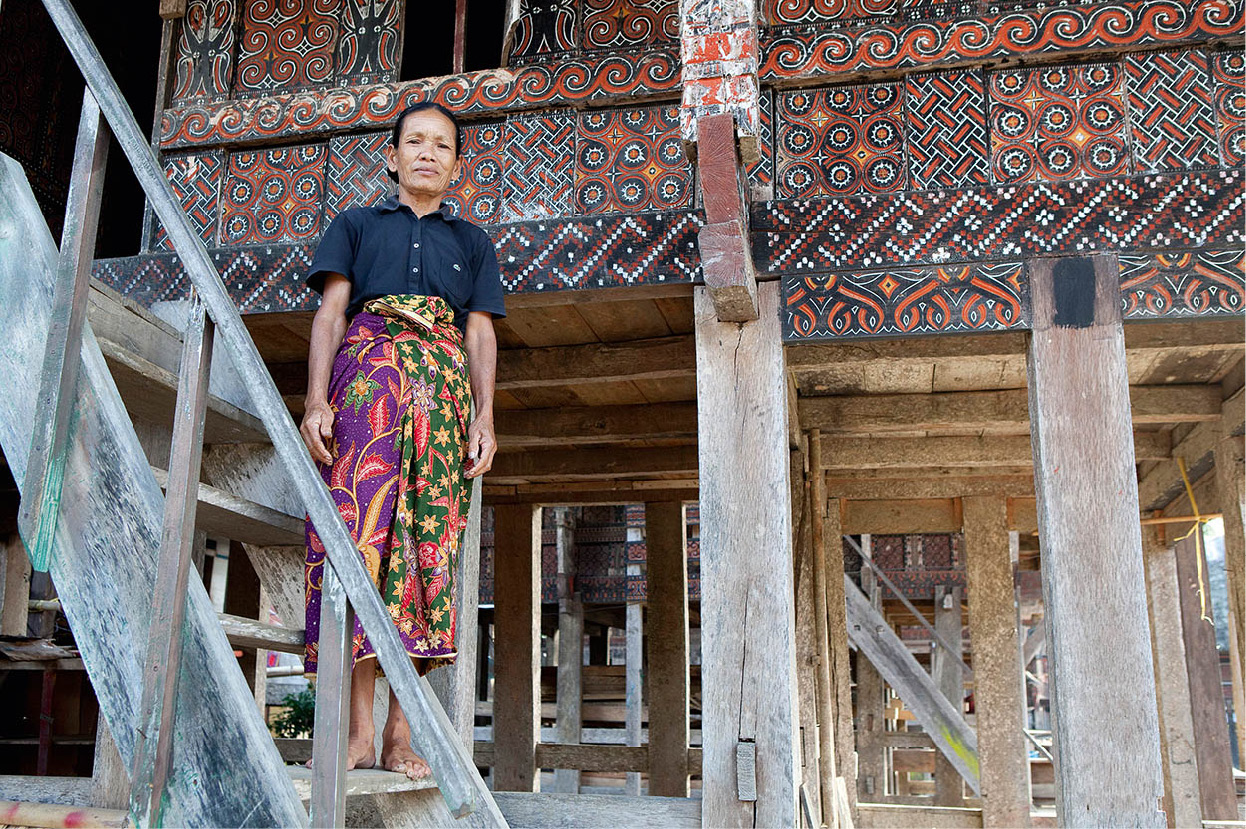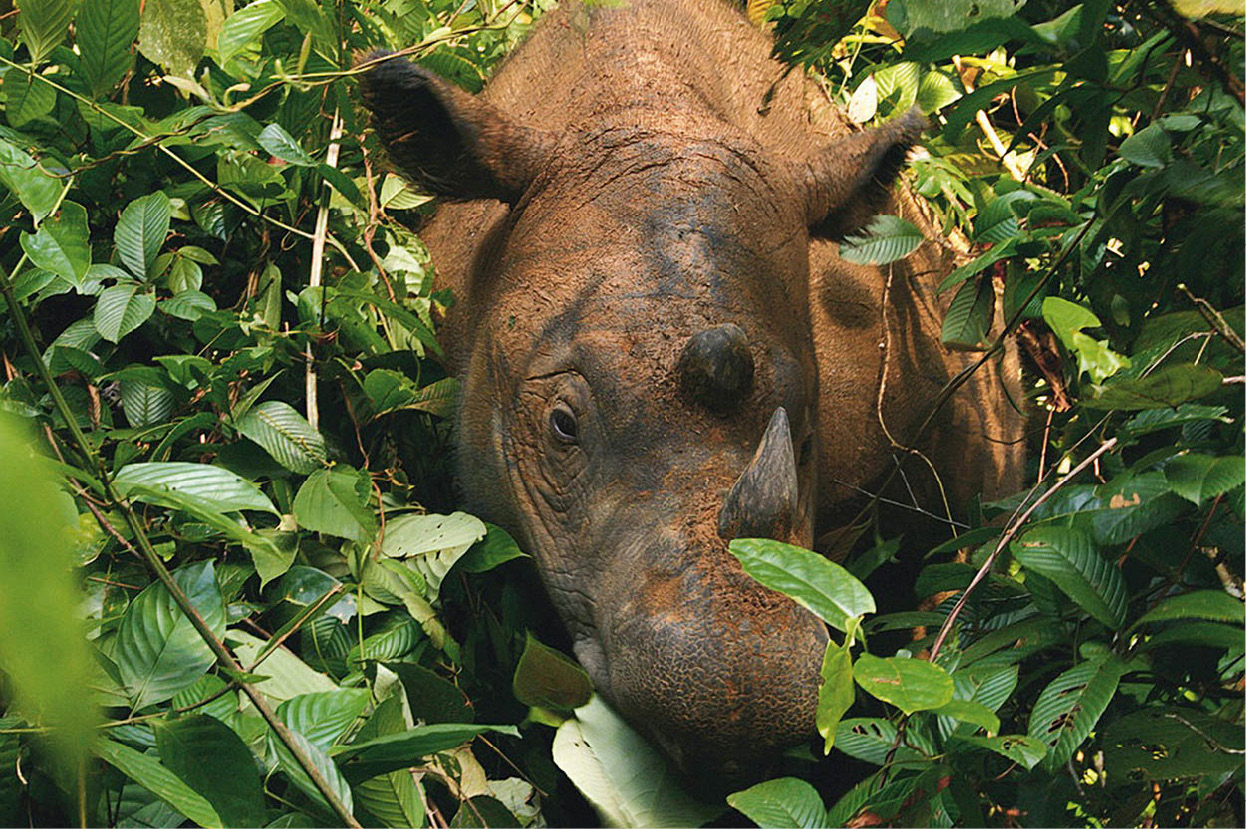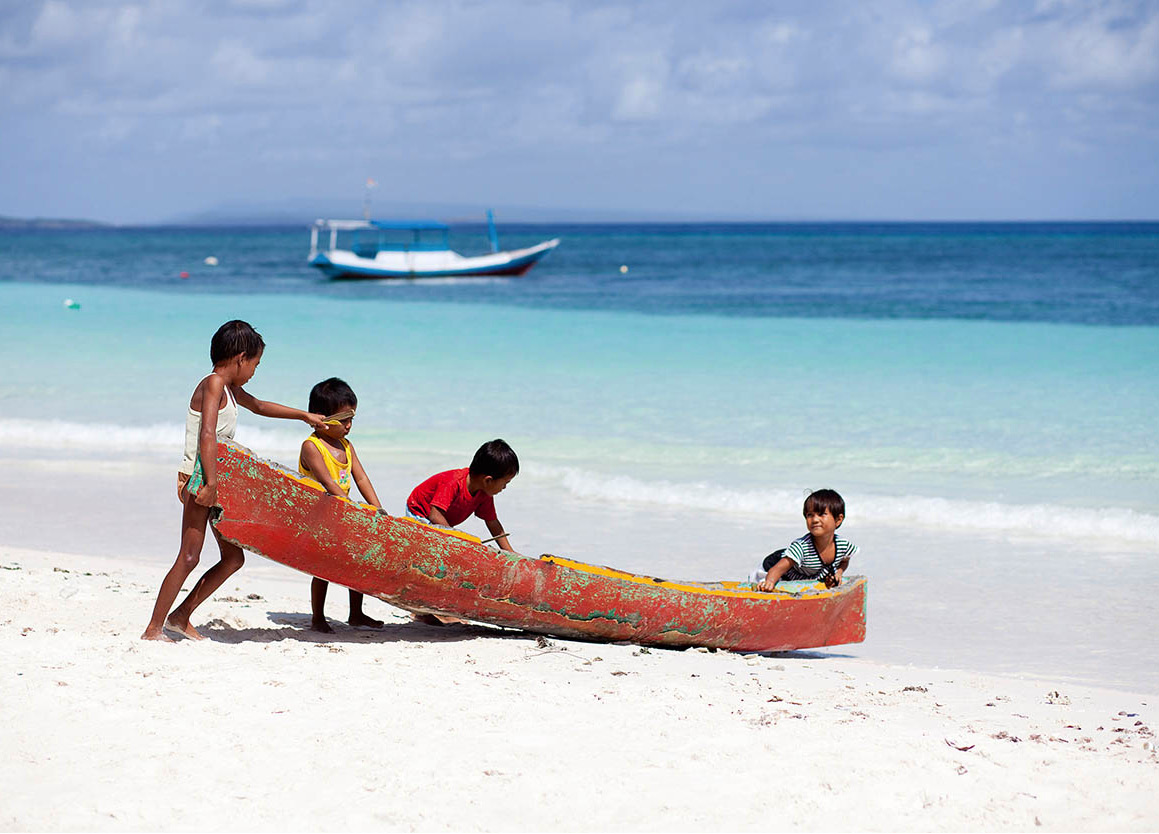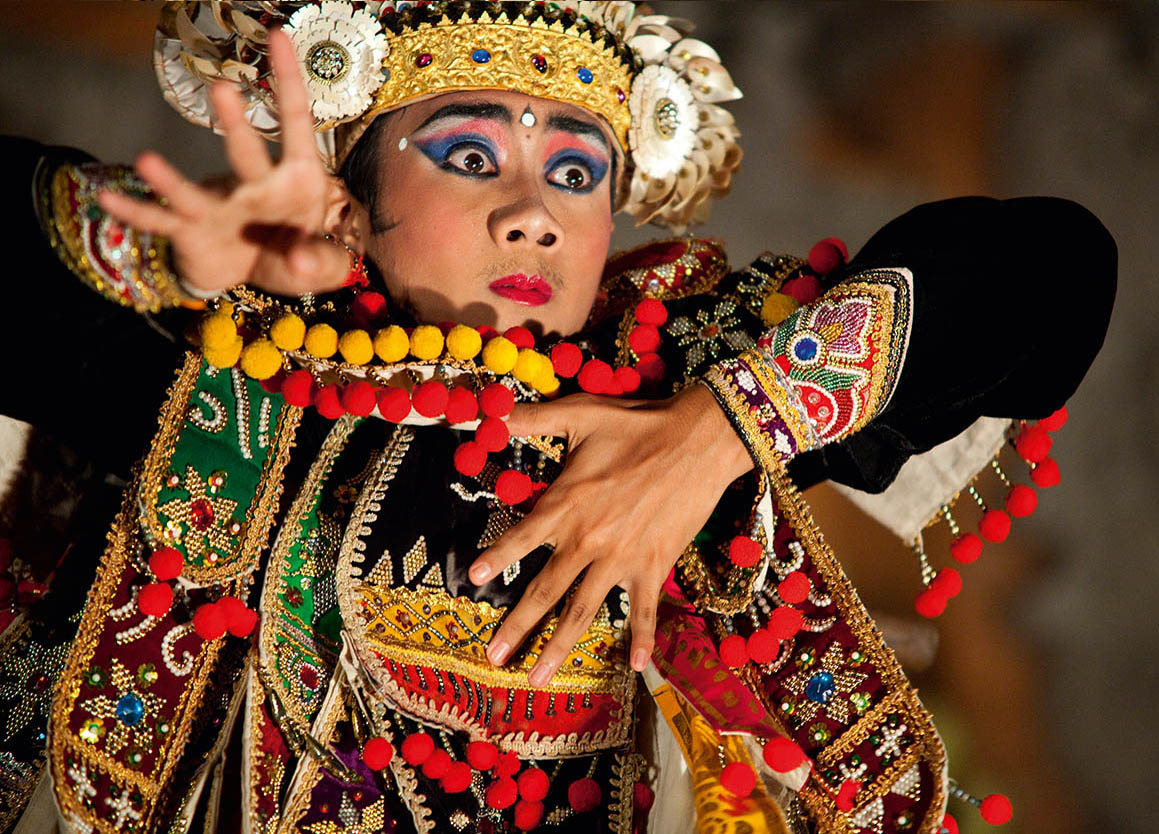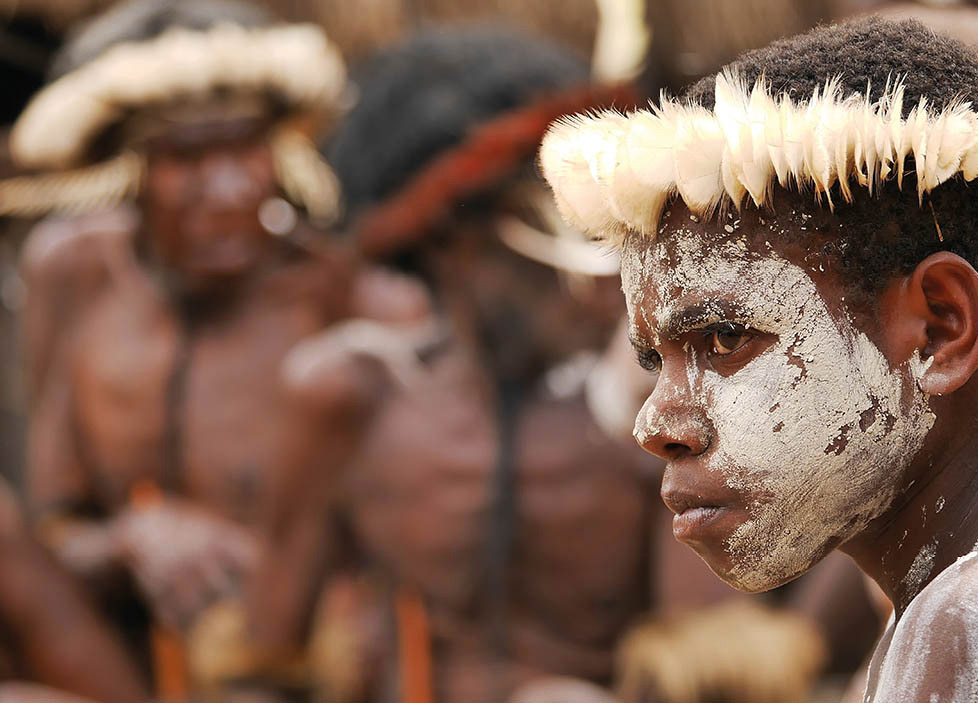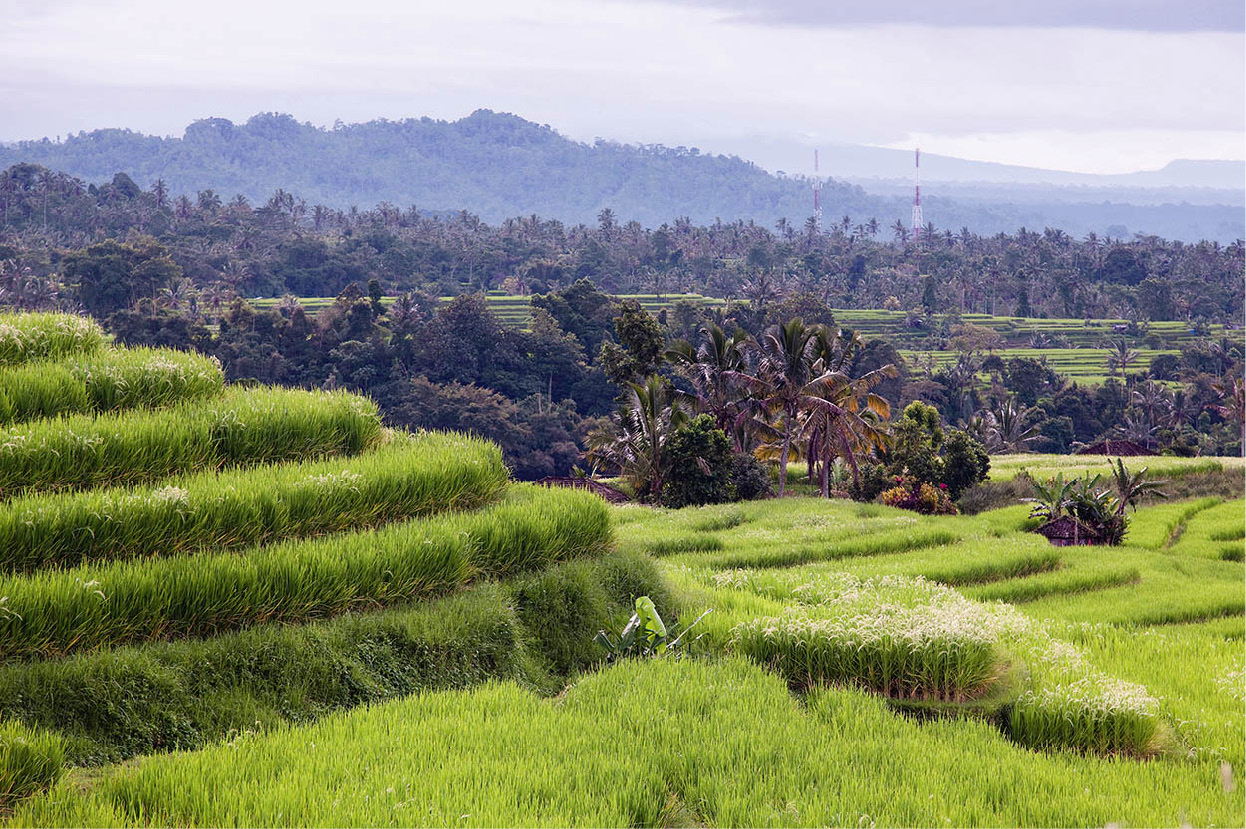
Balinese landscape.
Corrie Wingate/Apa Publications
Best Scenery
Terraced rice fields. Dazzling terraced rice fields stretch endlessly along the road from Antosari, passing through Belimbing, to Pupuan, West Bali. For more information, click here.
Volcano views. Enjoy spectacular views of three of Java’s mightiest volcanoes from the hilltop Gedung Songo temples north of Yogyakarta. For more information, click here.
Stormy seas. View the stormy Indian Ocean crashing onto the shore from Bali’s cliff-top Tanah Lot temple. For more information, click here.
Green valleys. The lush, green valleys of South Sulawesi’s Tana Toraja are dotted with stone graves, colourful traditional houses and picturesque farmland. For more information, click here.
Crater lake. Ascend through dense jungle to the ridge atop Lombok’s Gunung Rinjani for fabulous vistas of the crater lake Segara Anak. One for experienced hikers. For more information, click here.
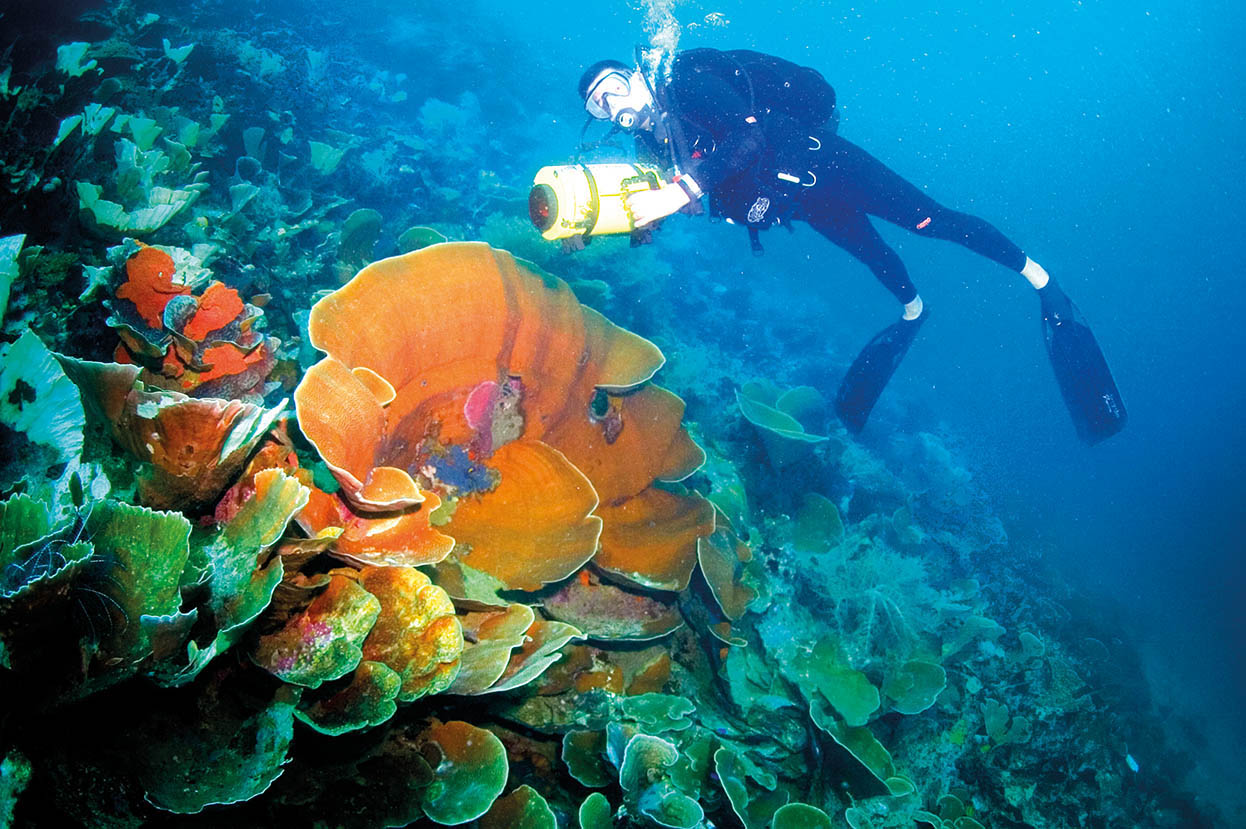
Sulawesi scuba-diving.
Indonesian Tourist Board
Best Diving Spots
Raja Ampat, Western Papua. This remote spot has the world’s greatest concentration of marine life for a region of its size, according to the World Wildlife Fund. For more information, click here.
Pulau Menjangan, West Bali. Bali Barat National Park’s crown jewel and the most accessible of Indonesia’s many magnificent dive spots. For more information, click here.
Bunaken Marine National Park, North Sulawesi. Several well-established, conservation-oriented dive centres abound in Manado, the gateway to the wonders of this national park. For more information, click here.
Wakatobi, Southeast Sulawesi. Excellent dive sites plus local cultures and wildlife make Wakatobi Marine National Park ideal for groups that include non-divers. For more information, click here.
Maluku. Currently centred around Ambon, the fabled Spice Islands’ diving opportunities are rapidly extending north to Lembeh Strait. For more information, click here.
Alor. In Nusa Tenggara, Alor’s rich reefs attract sunfish (mola-mola), whales, manta rays, whale sharks and migrating orcas; muck diving is also excellent. For more information, click here.
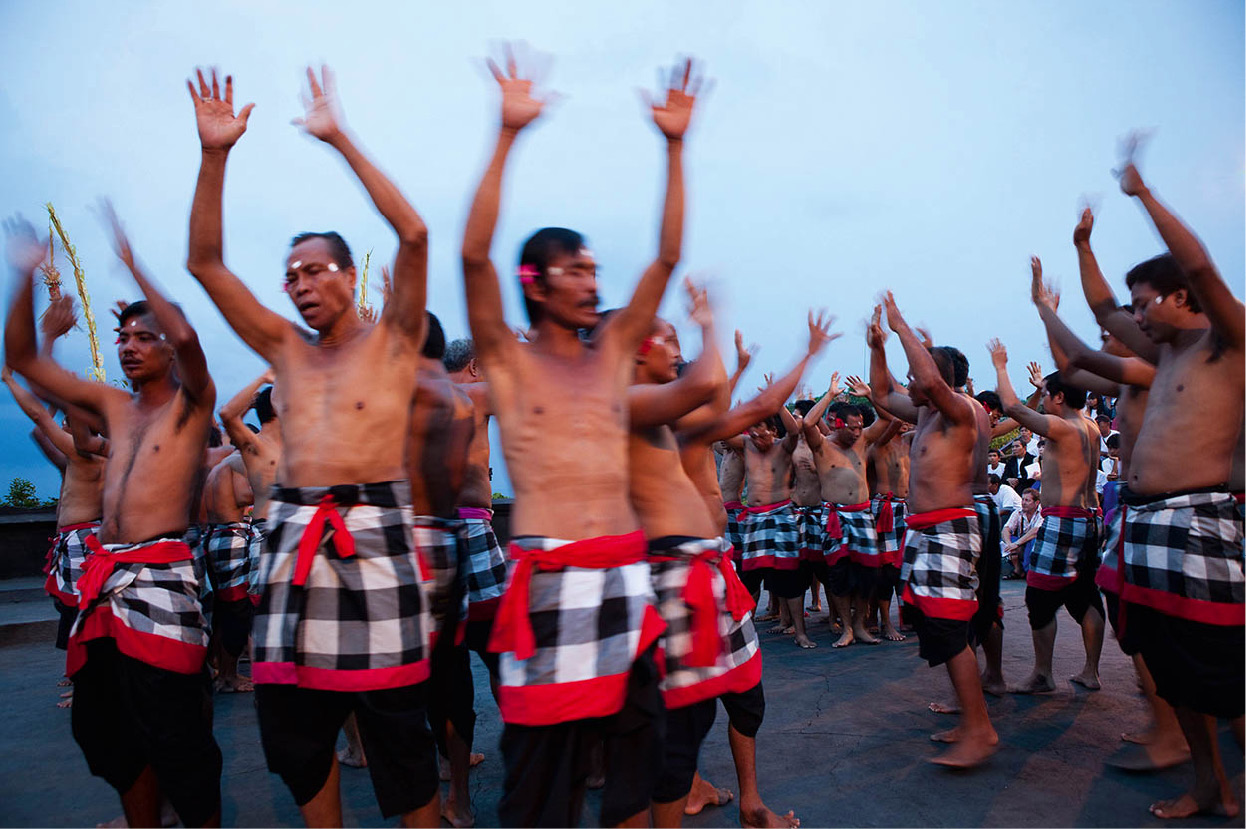
Kecak dance performance on Bali.
Corrie Wingate/Apa Publications
Most Unique Cultures
Best variety. The tiny, remote islands of the Solor and Alor archipelagos have Indonesia’s highest concentration of unique cultures and handicrafts. For more information, click here.
Asmat. Best known for their ritual woodcarvings, the Asmats of Papua still live in total isolation from the modern world. For more information, click here.
Dayak. The Dayaks of Kalimantan’s vast rainforests were once known as fierce head-hunters. For more information, click here.
Javanese. The Javanese are Indonesia’s largest ethnic group, and are known for their court cultures and refined manners. For more information, click here.
Balinese. One of the regions’ most sophisticated cultures; the majority of tourists to Indonesia have experienced the fabled Balinese spirituality and hospitality. For more information, click here.
Best Festivals
Pasola. An exciting thanksgiving ritual, Sumba’s Pasola is mock war on horseback held on a date determined by the migration of sea worms. For more information, click here.
Sanur Village Festival. This four-day festival on Bali promises entertainment for all, with an international kite-flying competition, water sports, dance, music and food. For more information, click here.
Waisak Day. The Buddhist Day of Enlightenment procession held at Borobudur, Central Java, attracts thousands of devotees from throughout Southeast Asia. For more information, click here.
Labuhan ritual. Hundreds of Javanese in traditional attire form a procession to Parangkusumo beach, south of Yogyakarta, where sacrifices are made to the South Sea Goddess. For more information, click here.
Independence Day. Every village and town is decorated two weeks before 17 August, Indonesia’s Independence Day, with games, food fairs and family fun punctuating the celebrations. For more information, click here.
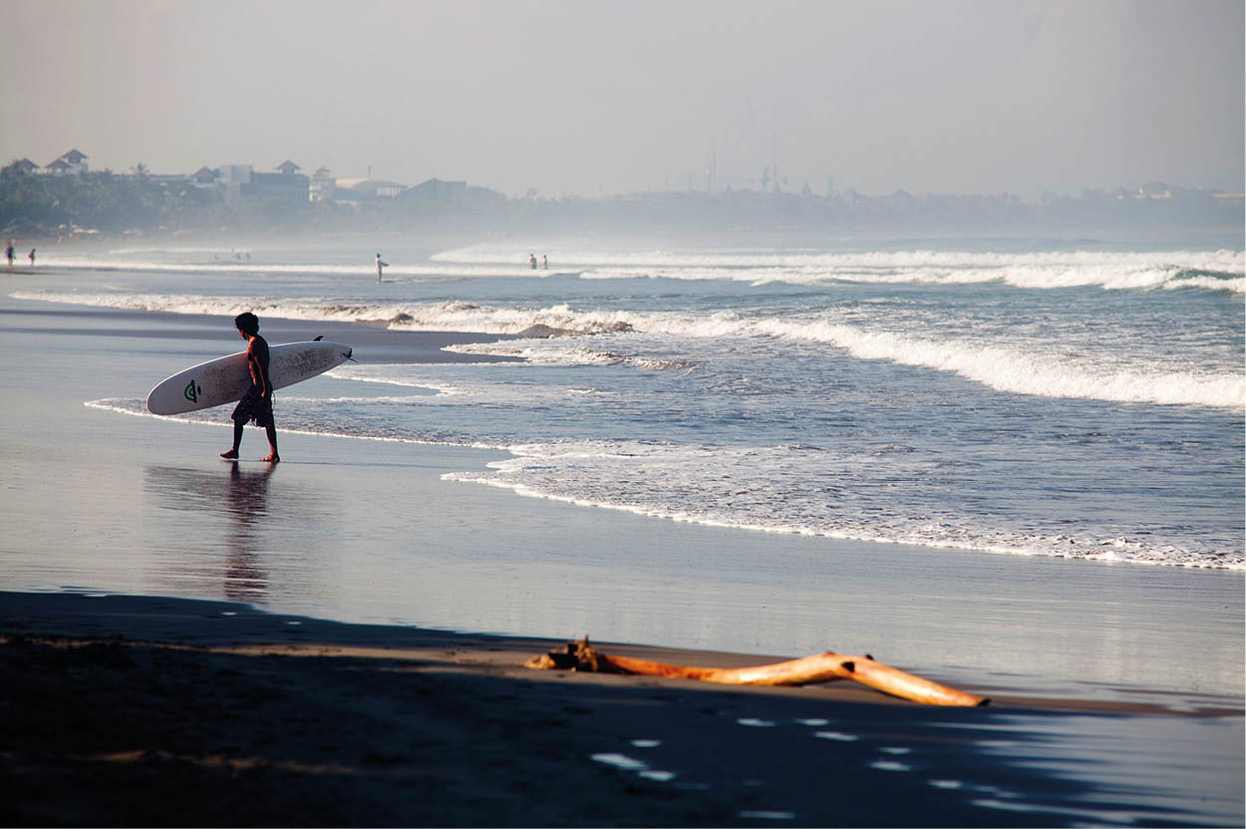
Bali surf.
Corrie Wingate/Apa Publications
Best Beaches
Kuta beach, Bali. This leads the list as Indonesia’s most famous hang-out beach and stretches north to Legian and Seminyak beaches and beyond. For more information, click here.
Senggigi. Lombok’s west coast has the country’s most beautiful beaches, centred on Senggigi, which blends north into Mangsit, and also includes the southwest peninsula. For more information, click here.
Sangalaki archipelago. Currently being developed off the east coast of Kalimantan, the Sangalaki archipelago includes Derawan and Nabucco islands, dive resorts and white-sand beaches. For more information, click here.
Pantai Merah. The fabulous Pantai Merah (Pink Beach) on Komodo island gets its name from the prolific red corals in surrounding crystal-clear waters. For more information, click here.
Togian islands. In Sulawesi’s azure Tomini Bay, the Togian islands’ scenic limestone cliffs and secluded white-sand beaches are also excellent for snorkelling and diving. For more information, click here.
Maluku. A premier dive destination, the Maluku islands’ shores are lined with sparkling-white beaches, particularly at Ambon and in the Kai archipelago to the southeast. For more information, click here.
